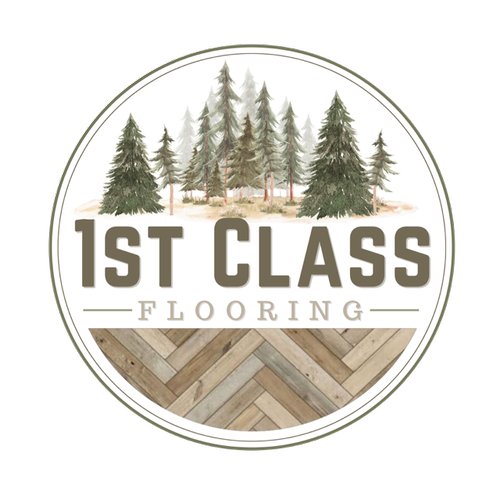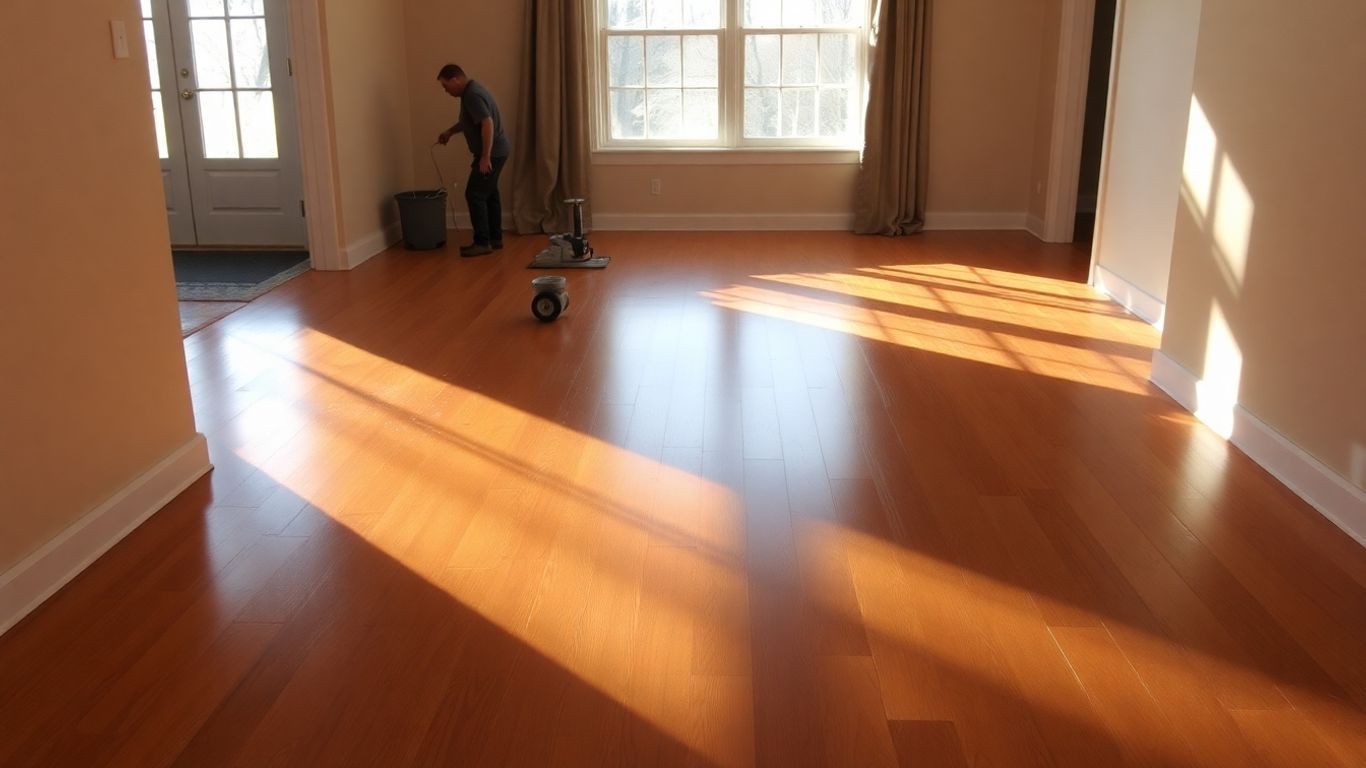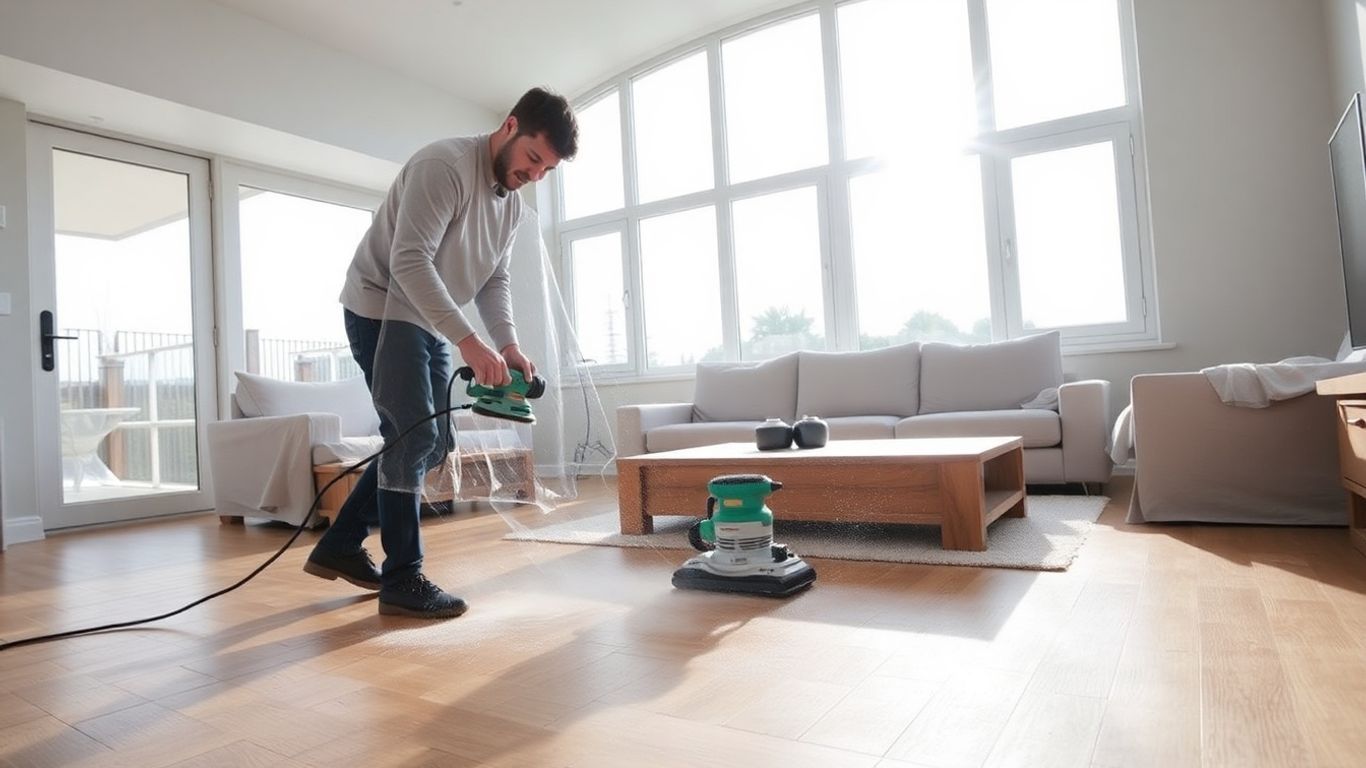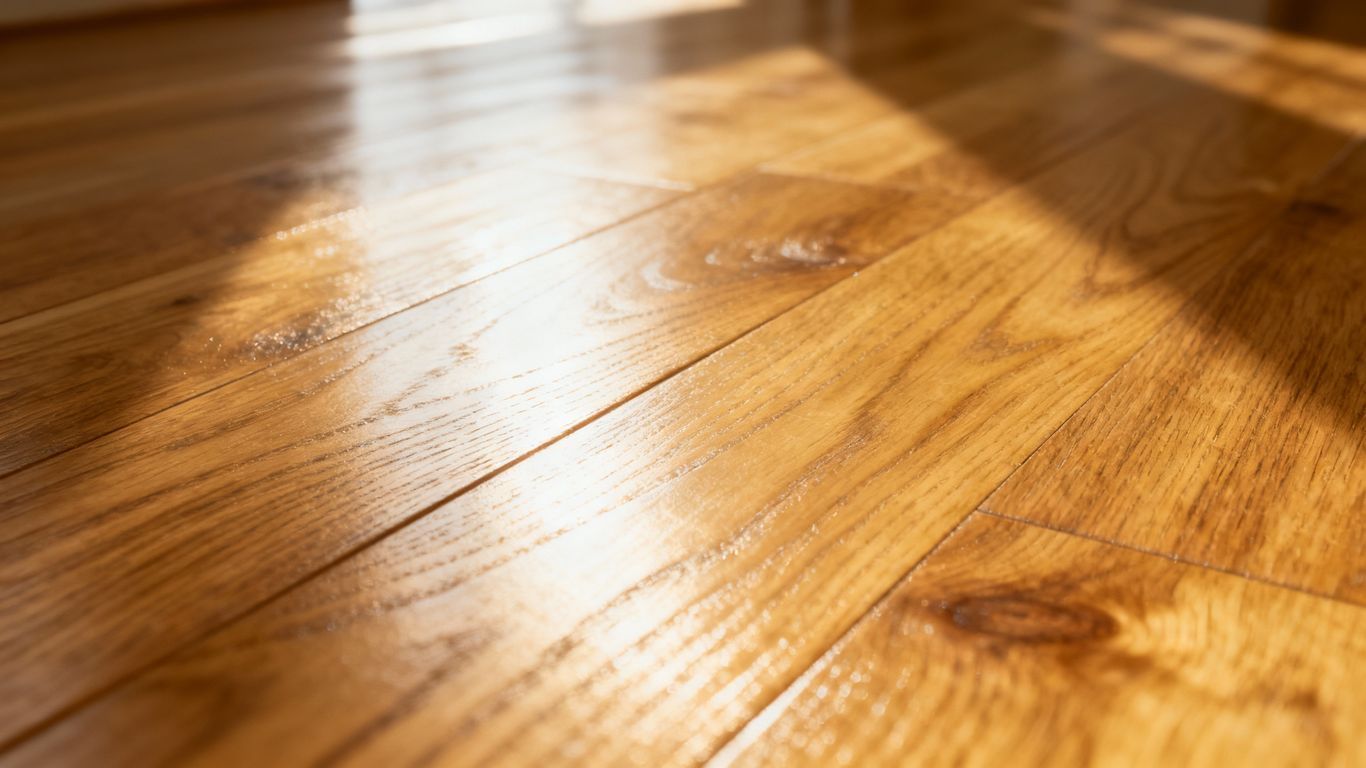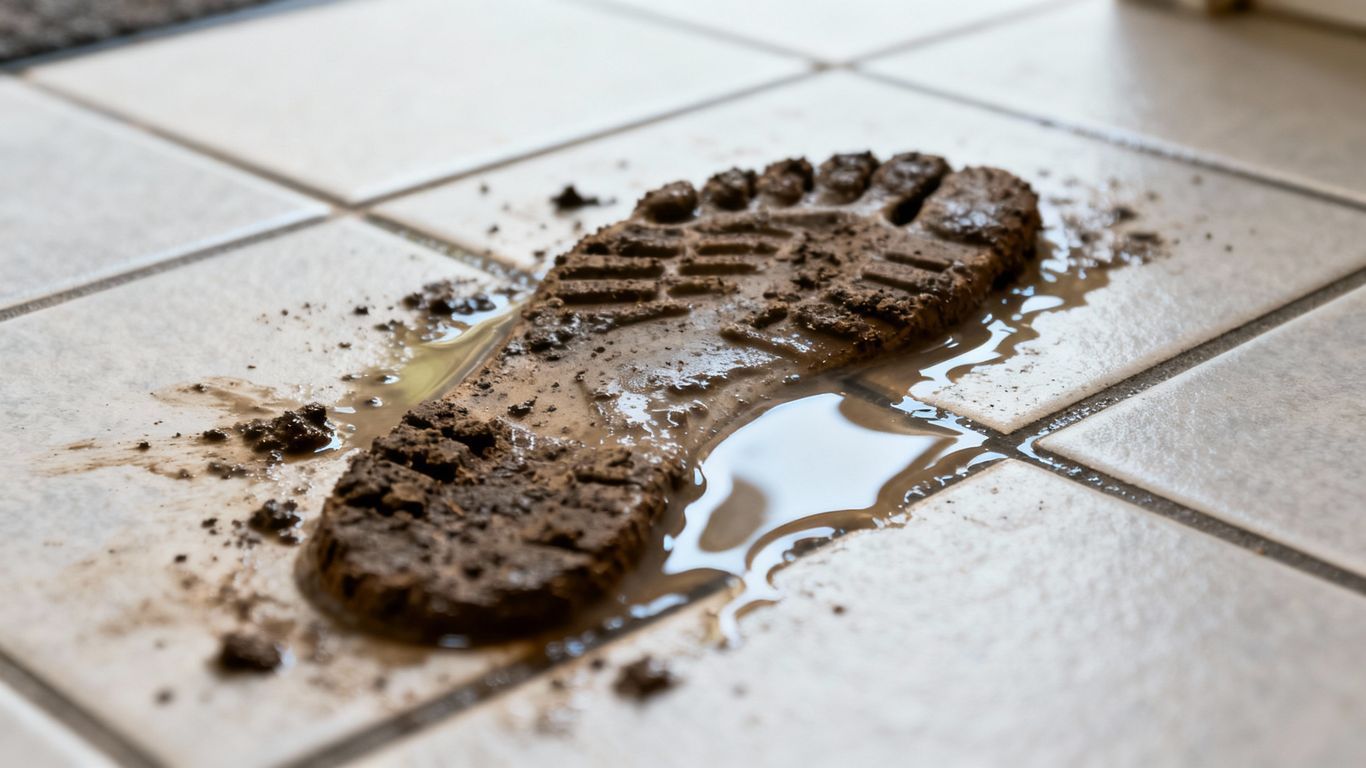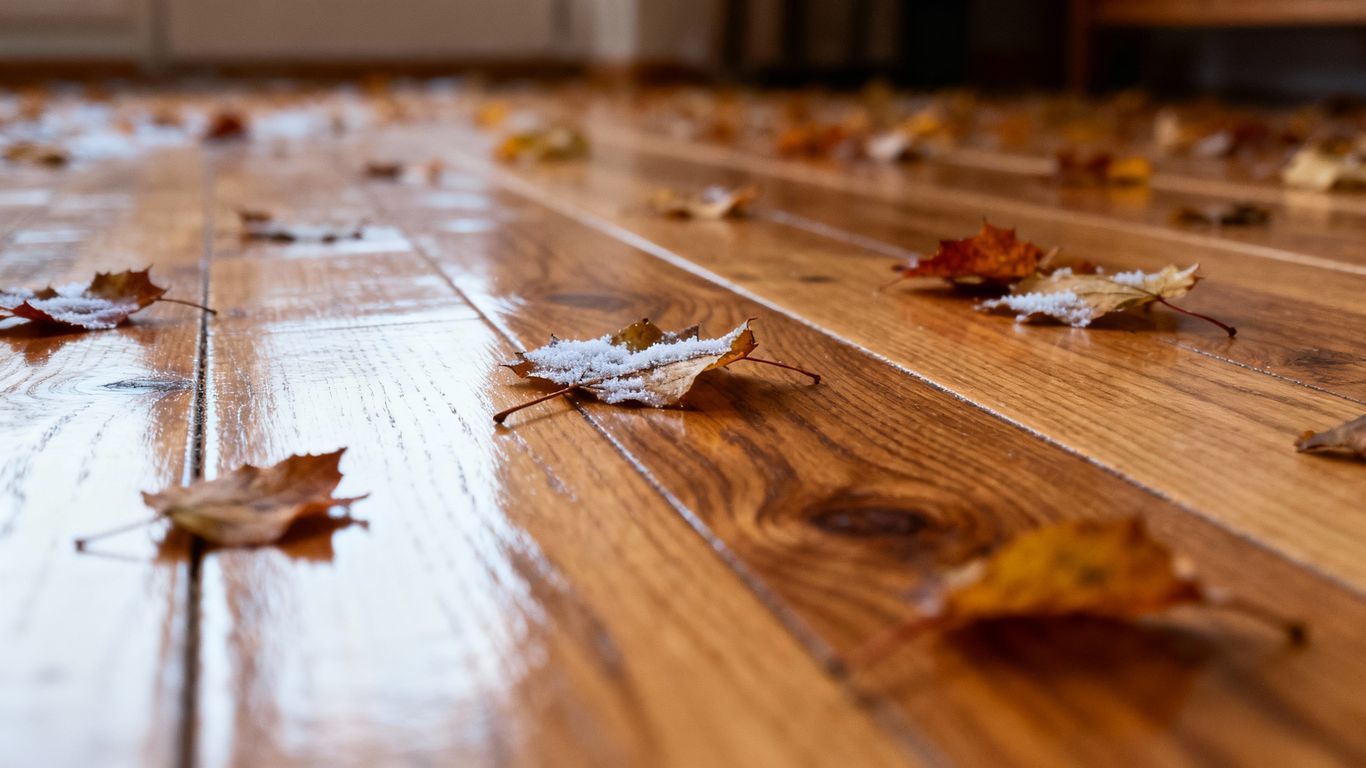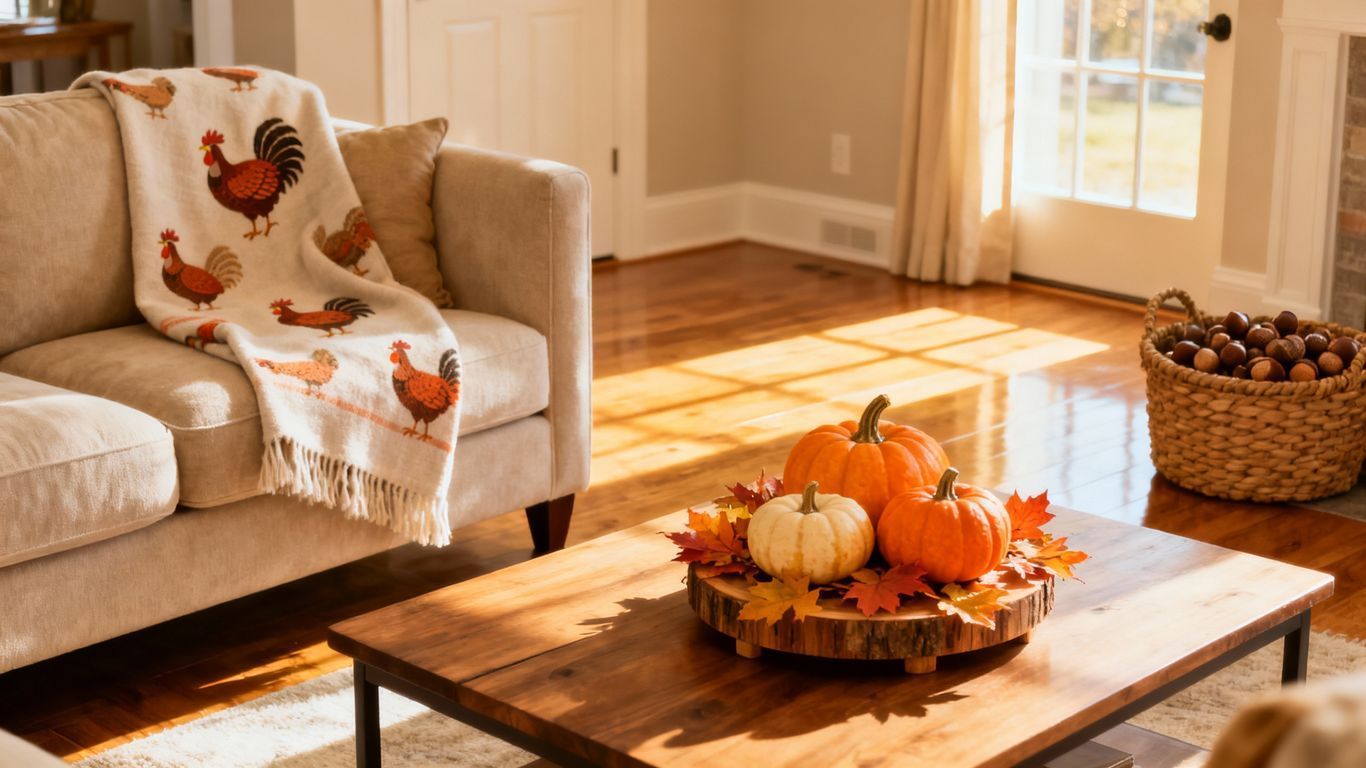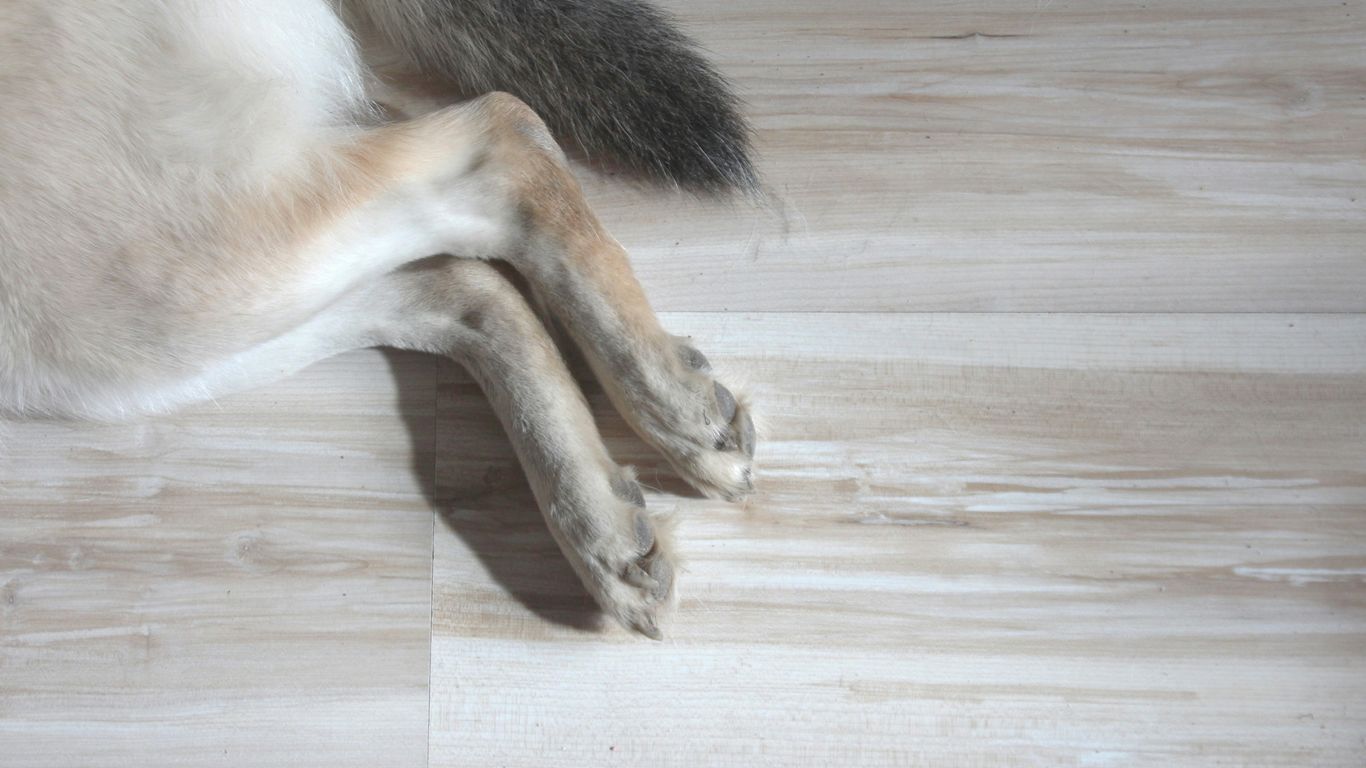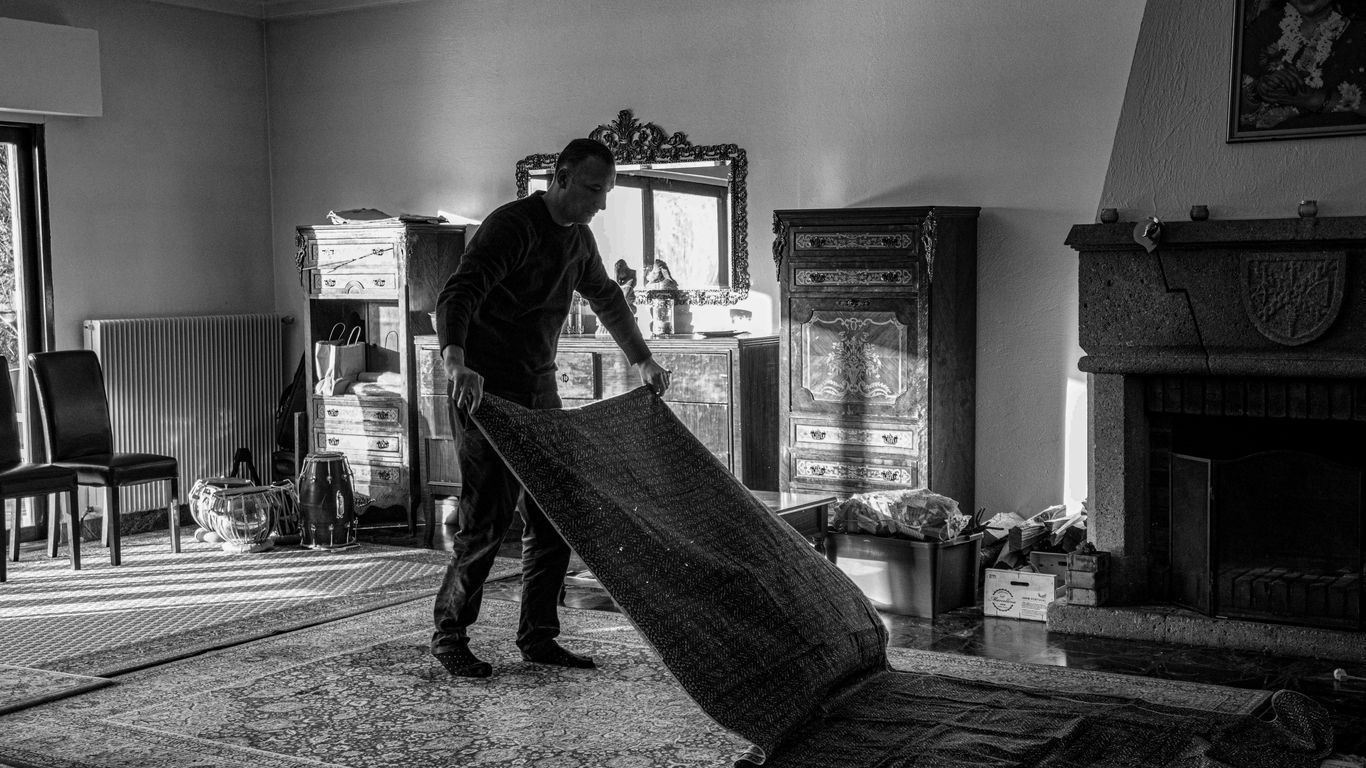How to Fix Squeaky Wood Floors Before Holiday Guests Arrive
The holidays are almost here, and the last thing you want is for every step in your home to be announced with a squeak. Noisy wood floors can be distracting—and a little embarrassing—when family and friends are visiting. The good news? Many squeaks can be fixed before your guests arrive, even if you’re not a hardcore DIYer.
In this guide, we’ll show you how to track down squeaks, try simple fixes, and recognize when it’s time to call in the pros. And if you’re looking to fix squeaky hardwood floors in Chattanooga, First Class Wood Floors offers professional hardwood floor repair and refinishing to help get your home holiday-ready.
Key Takeaways
- Find the exact location of the squeak by slowly walking the area and listening carefully.
- Determine whether the noise is coming from loose floorboards or from the subfloor underneath.
- Start with simple fixes like dry lubricants (talcum or graphite) and tightening loose boards.
- Subfloor issues may require access from below to add shims or screws to secure the floor.
- For widespread squeaks or structural concerns, it’s best to call a professional—especially if you’re in the Chattanooga area.
1. Identify the Source of Your Squeaky Hardwood Floors
Before you grab tools or supplies, it’s important to figure out exactly where—and why—your floors are squeaking. This step saves time and helps you choose the right fix.
Listen for the Exact Location of the Squeak
Start by walking slowly over the noisy area, wearing soft-soled shoes or socks. Pay attention to:
- Where the squeak is loudest.
- Whether the noise happens every time you step in that spot.
- If the sound seems to travel or echo from nearby boards.
It can help to have someone else walk while you listen from different angles. Sometimes the squeak you hear in one board is actually caused by movement in another.
Determine If the Squeak Comes from Loose Boards or the Subfloor
Most squeaks come from movement between two surfaces. That might be:
- Floorboards rubbing against each other.
- Floorboards rubbing against nails or fasteners.
- Subfloor panels rubbing against joists underneath.
Press down on the boards with your foot or hand. If you see or feel movement at the surface, you may be dealing with loose boards. If the surface feels solid but still squeaks, the issue might be lower, at the subfloor or joist level.
Check for Gaps Between Floorboards
Look closely at the boards in the squeaky area:
- Do you see small gaps between boards?
- Are some boards slightly higher or lower than others?
- Do nails or fasteners appear raised or loose?
Seasonal changes in humidity can cause boards to shrink or swell, creating friction between them and leading to squeaks. Addressing these minor shifts early can help prevent more serious issues later on.
2. Simple Fixes for Minor Squeaks
Once you’ve found the squeaky spot, start with the least invasive solutions. These quick fixes are great for small, localized squeaks—perfect for last-minute holiday prep.
Lubricate Between Floorboards
When boards rub together, a dry lubricant can help them glide instead of squeak. Popular options include:
- Talcum powder (unscented baby powder)
- Graphite powder
- Cornstarch (as a temporary option)
How to apply:
- Sprinkle the powder directly into the gaps between squeaky boards.
- Use a soft brush or cloth to work the powder down into the cracks.
- Walk over the area to help the lubricant spread and reduce friction.
- Wipe away any excess powder from the surface so it doesn’t get tracked around.
Use Talcum or Graphite for Persistent Rubbing
For boards that consistently rub against each other, talcum or graphite can be especially effective. Graphite is more permanent but can be messier—use sparingly and avoid getting it on light-colored surfaces.
Tighten Loose Floorboards
If a board flexes or shifts when you step on it, tightening it may quiet the squeak. Some homeowners use specialized floor repair kits that allow you to drive small screws through the floor and into the subfloor with minimal visibility.
- Pre-drill small pilot holes to prevent splitting.
- Use trim-head screws or kit-specific fasteners for a low-profile look.
- Fill the screw heads with color-matched wood filler if needed.
These surface-level fixes are ideal if the squeak is isolated to one or two boards and the structure beneath is sound.
3. Addressing Squeaks from the Subfloor
If the squeak isn’t coming from the floorboards themselves, the problem may lie in the subfloor or joists. This is more common in older homes or areas with high traffic.
Access the Subfloor from Below
If you have an unfinished basement or crawl space, you can often reach the underside of the squeaky area:
- Have someone walk on the floor above while you listen from below.
- Use a flashlight to inspect the underside of the subfloor and joists.
- Look for gaps, loose fasteners, or subfloor panels that flex when someone walks overhead.
Shim Gaps Between Subfloor and Joists
If you find a small gap between the subfloor and a joist, shimming can help:
- Use thin wood shims designed for structural work.
- Gently tap the shim into the gap until movement stops—don’t force it.
- Trim any excess shim material that sticks out.
Shims help fill the space so the subfloor doesn’t move and rub against the joist, which is often the source of a deep, hollow squeak.
Secure the Subfloor with Screws
Loose subfloor panels can also cause squeaks when they flex or move against the joists. Securing them with screws is often more effective than nails:
- Drive wood screws up through the subfloor into the joists to pull everything tight.
- Space the screws where you see or feel movement.
- Avoid over-tightening, which can strip the wood or cause new movement.
Working from below is a bit more involved, but it’s often the most effective way to quiet long-running squeaks that surface fixes can’t solve.
4. Advanced Techniques to Fix Stubborn Squeaks
If the squeak keeps coming back—or if you’re dealing with multiple noisy spots—more advanced repairs may be needed. These methods are still DIY-friendly for handy homeowners but may also be handled by a professional.
Screwing Down Loose Floorboards from Above
When a specific board rocks or flexes, securing it more firmly can help:
- Locate the joist beneath the squeaky board using a stud finder or by measuring from known joist positions.
- Pre-drill and countersink holes so screw heads sit slightly below the surface.
- Drive screws through the board into the subfloor and joist to lock it in place.
- Fill the holes with matching wood filler and lightly sand if needed.
Using Construction Adhesive
For gaps between subfloor and joists or between floorboards and subfloor, construction adhesive can create a stronger bond:
- Apply adhesive along the joist where the subfloor is moving.
- Gently press or screw the subfloor tight to help the adhesive spread.
- Allow adequate drying time based on the product instructions.
This method is best when you have clear access to the problem area and want a more permanent fix.
Repairing Damaged Subflooring
If you discover rot, water damage, or severely warped subfloor panels, partial replacement may be necessary. This can involve:
- Cutting out damaged sections of subfloor.
- Installing new panels securely to the joists.
- Reattaching or replacing affected floorboards above.
At this stage, many homeowners choose to work with a professional, since structural repairs can affect the integrity and safety of the floor system.
5. When to Call a Professional for Floor Repair
Not every squeak requires a pro—but some definitely benefit from expert attention. Knowing when to make that call can save you time, stress, and money in the long run.
Recognizing Complex Issues
You may want to contact a professional if:
- Squeaks are widespread throughout multiple rooms.
- The floor feels spongy, uneven, or noticeably bouncy.
- You see signs of moisture, warping, or damage around the squeaky areas.
- Your attempts at DIY repair haven’t made much difference.
In these cases, there may be underlying structural or moisture problems that require more than surface-level fixes.
Finding Local Experts to Fix Squeaky Hardwood Floors in Chattanooga
If you’re in the Chattanooga area and want to fix squeaky hardwood floors before holiday guests arrive, working with a local specialist is a smart move. First Class Wood Floors provides professional hardwood floor repair and refinishing as part of our hardwood flooring services in North Georgia and Chattanooga.
We can inspect your floors, identify the true source of the squeaks, and recommend the right solution—whether that’s targeted repairs, additional fastening, or refinishing.
You can also see our hardwood floor gallery for examples of projects completed across our Chattanooga and surrounding service areas.
6. Preventative Maintenance for Quieter Floors
Once your floors are quiet again, a little preventative care can help keep them that way—through the holidays and beyond.
Maintain Stable Humidity Levels
Wood expands and contracts with changes in temperature and humidity. To reduce movement that can cause squeaks:
- Use a humidifier in winter and a dehumidifier in very humid seasons if needed.
- Aim for a consistent indoor humidity level (typically around 35–55%).
- Avoid extreme temperature swings inside your home.
Protect Floors from Excess Wear
Reducing unnecessary stress on your floors can also help prevent squeaks and other issues:
- Use felt pads on the bottom of furniture legs.
- Place area rugs in high-traffic zones, like hallways and entryways.
- Clean up spills quickly to prevent moisture from penetrating seams.
Address Minor Issues Early
If you notice a new squeak, slight movement in a board, or a nail starting to rise, tackle it early. Small repairs made now are often simpler and less expensive than larger fixes later on.
If you’re unsure about the condition of your floors or want a professional opinion before the holidays, you can schedule your squeaky floor inspection with First Class Wood Floors.
All Quiet on the Floor Front
With a little detective work and a few simple repairs, you can quiet those squeaky wood floors and welcome your holiday guests with confidence. Whether you try DIY solutions or bring in a professional, taking action now means more peace and less creaking when your home is full of people.
Ready to enjoy quieter, more comfortable hardwood floors in Chattanooga? Request a floor repair estimate from First Class Wood Floors and we’ll help you get your home holiday-ready.
Frequently Asked Questions
Why do my wood floors make noise when I walk on them?
Wood floors usually squeak because two surfaces are moving against each other—often floorboards against each other, boards against nails, or the subfloor against the joists. As you step, that movement creates friction and noise.
Can I fix squeaky floors myself?
In many cases, yes. Minor squeaks can often be reduced with dry lubricants like talcum or graphite powder, or by tightening a loose board. More complex squeaks involving the subfloor or joists may require additional tools—or a professional.
What’s the easiest way to stop a small squeak?
For small, localized squeaks, sprinkling talcum or graphite powder between the boards and working it into the gaps is one of the quickest solutions. If that doesn’t help, tightening the board with specialized screws may be the next step.
What if the squeak is coming from under the floor?
If the noise is coming from the subfloor or joists, you may need to access the area from a basement or crawl space. Shims and screws can be used to secure loose subfloor sections and stop movement that causes squeaks.
When should I call a professional?
If you’ve tried simple fixes without success, if squeaks are widespread, or if you suspect water damage or structural issues, it’s time to call a pro. A professional can safely diagnose and repair the problem without risking further damage.
How can I prevent my floors from squeaking again?
Keeping indoor humidity stable, protecting floors from heavy impact and wear, and addressing minor issues as soon as you notice them can all help prevent squeaks. Regular inspections and maintenance from a flooring specialist are also a wise investment.
Need help to fix squeaky hardwood floors in Chattanooga before the holidays? Schedule your squeaky floor inspection with First Class Wood Floors today.
